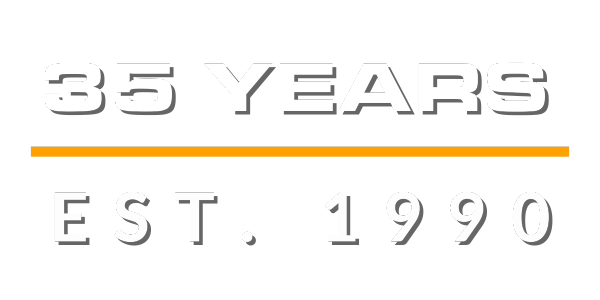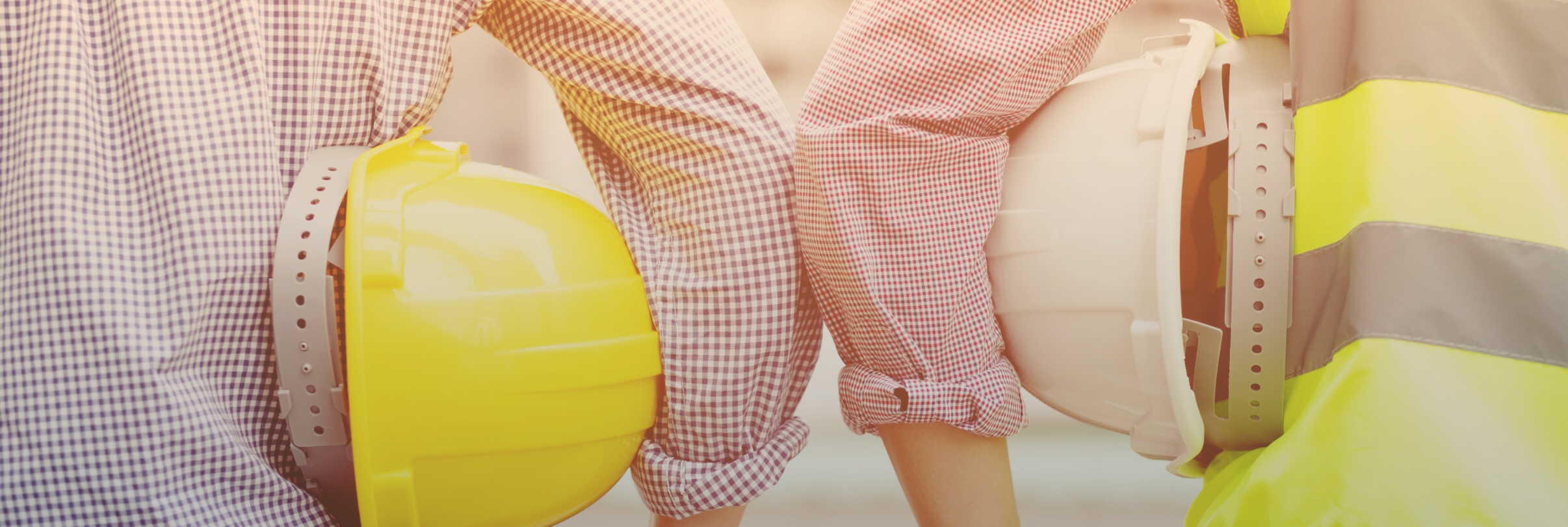10. UNDERSTANDING INSURANCE COVERAGE FOR USED HEAVY EQUIPMENT
When planning to buy insurance for newly acquired used heavy construction equipment, there are several key factors to consider ensuring that you get the right coverage for your needs. Here’s a guide to help you through the process:
1. Assess the Specific Needs of Your Equipment
- Type of Equipment: Different types of heavy construction equipment have varying risk factors. For instance, insurance for a crane might differ from that for an excavator or bulldozer in terms of risk assessment and coverage. You must also consider the current market value of the equipment, as this will influence the amount of coverage you need.
- Equipment Age and Condition: The age and wear condition of the equipment can significantly affect insurance needs. Older equipment might require more comprehensive breakdown coverage.
- Usage: Determine how often and in what capacity the equipment will be used. Equipment used in high-risk environments or for more hazardous tasks may need more extensive coverage.
2. Understand the Types of Coverage Available
- Property Coverage: Protects against damage or loss due to accidents, theft, vandalism, or natural disasters. Policies can offer replacement cost coverage (covering the cost to replace the equipment) or actual cash value coverage (factoring in depreciation). For used equipment, this distinction is vital as the value of the equipment may depreciate faster than new equipment
- Liability Coverage: Essential if the equipment could cause injury or property damage, covering legal fees and damages. Liability insurance typically covers claims of bodily injury and property damage to third parties. For example, if your equipment accidentally damages a client’s property or injures a bystander, this insurance can cover the associated costs. In the event of a lawsuit alleging negligence or liability due to your equipment’s operation, this insurance can cover legal defense costs and any settlements or judgments against your business.
- Equipment Breakdown Coverage: Covers the cost of repairing or replacing equipment that breaks down due to covered reasons, which is particularly important for used equipment. This insurance can cover various types of breakdowns, including mechanical malfunctions, electrical short circuits, motor burnouts, and even operator error in some cases.
- Inland Marine Insurance: Offers protection when equipment is transported between job sites. For your business, inland marine insurance offers a layer of protection that is essential due to the mobile nature of construction equipment. It ensures that your valuable assets are protected not just at your primary location but wherever they are needed, providing peace of mind and continuity of operations. If your business rents or leases the equipment, this is a great option to protect your equipment.
3. Evaluate Insurance Providers
- Specialization: Look for insurers with experience in covering heavy construction equipment. They’ll have a better understanding of the industry’s unique risks.
- Reputation: Research the insurer’s reputation for customer service, claims handling, and financial stability.
- Customization: Choose a provider that offers customizable policies to fit your specific needs. If you find the right policy, it can even help you save money.
4. Consider the Costs and Deductibles
- Premiums: This is essentially the cost of obtaining insurance protection for your equipment. Compare quotes from different insurers to find the best rate. Remember, the cheapest option may not always offer the best coverage.
- Deductibles: Deductibles are the amount the policyholder must pay out of pocket before the insurance coverage kicks in for a claim. Higher deductibles can lower your premiums, but ensure the deductible is affordable in case you need to file a claim.
5. Review Policy Exclusions and Limitations
- Exclusions: Understand what is not covered under the policy. This can include things like normal wear and tear or mechanical breakdown due to poor maintenance.
- Coverage Limits: Ensure the limits of the policy are sufficient to cover potential losses or damage fully.
6. Legal and Compliance Aspects
- Regulatory Requirements: Make sure the insurance meets any specific legal requirements for your industry and region.
- Additional Endorsements: Depending on your operations, you may need additional endorsements or riders for complete coverage.
Conclusion
Buying insurance for used heavy construction equipment involves a careful assessment of your equipment’s specific needs, understanding the types of coverage available, and choosing a reputable insurance provider. By considering these factors, you can secure a policy that offers adequate protection, ensuring your investment is safeguarded and your business operations can continue smoothly in case of unforeseen incidents.
Assess the Specific Needs of Your Equipment
Understand the Types of Coverage Available
Evaluate Insurance Providers
Consider the Costs and Deductibles
Review Policy Exclusions and Limitations
Legal and Compliance Aspects





